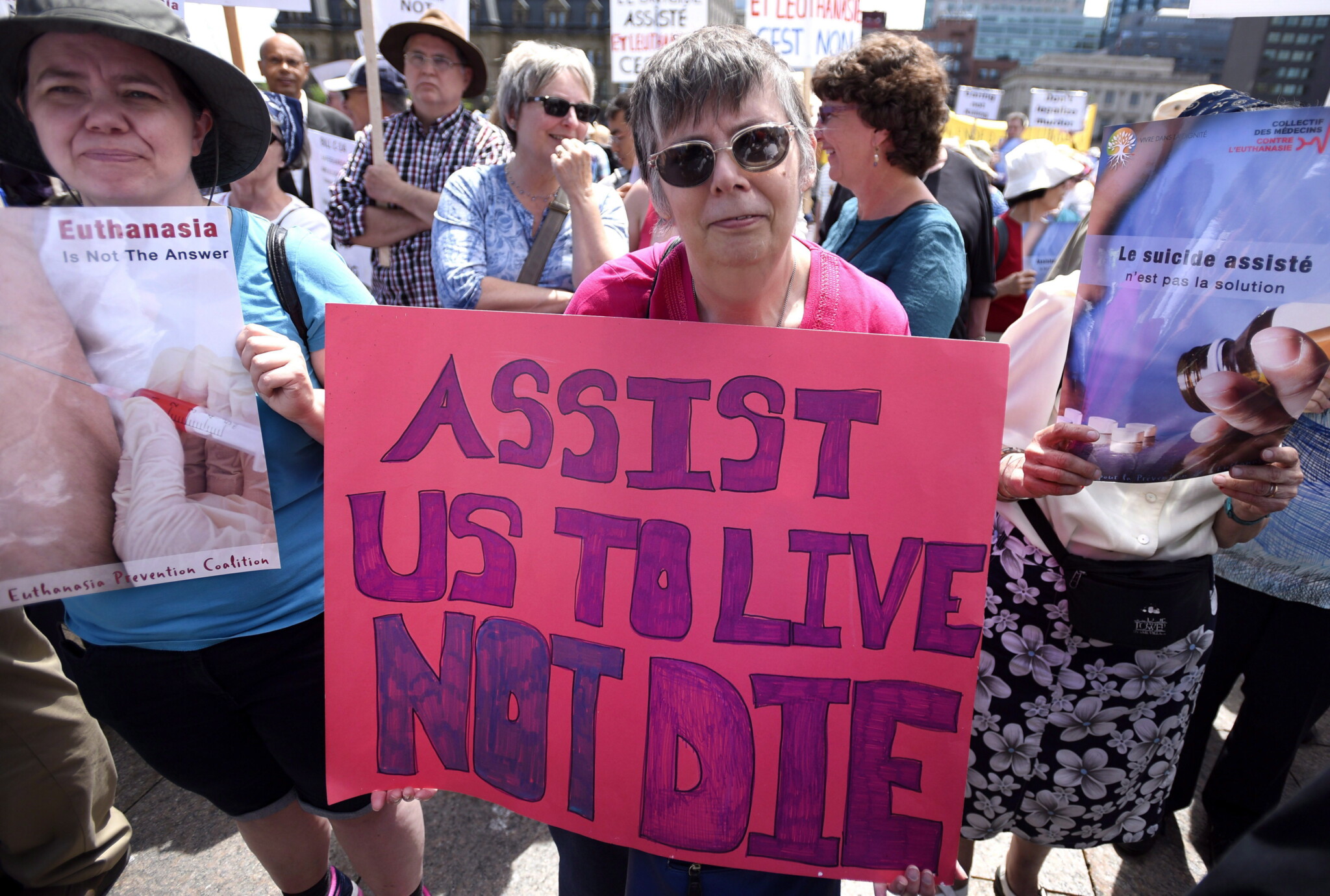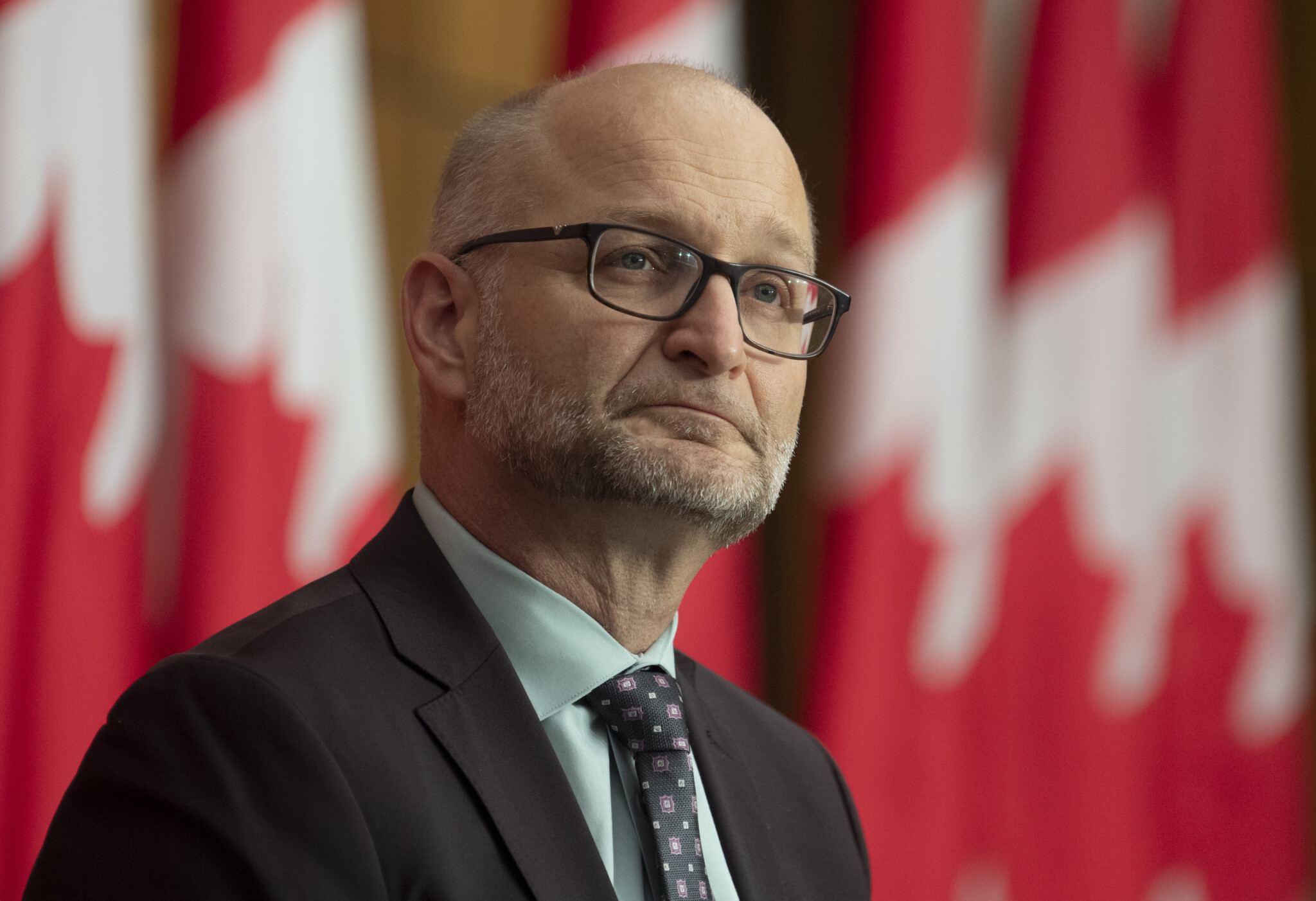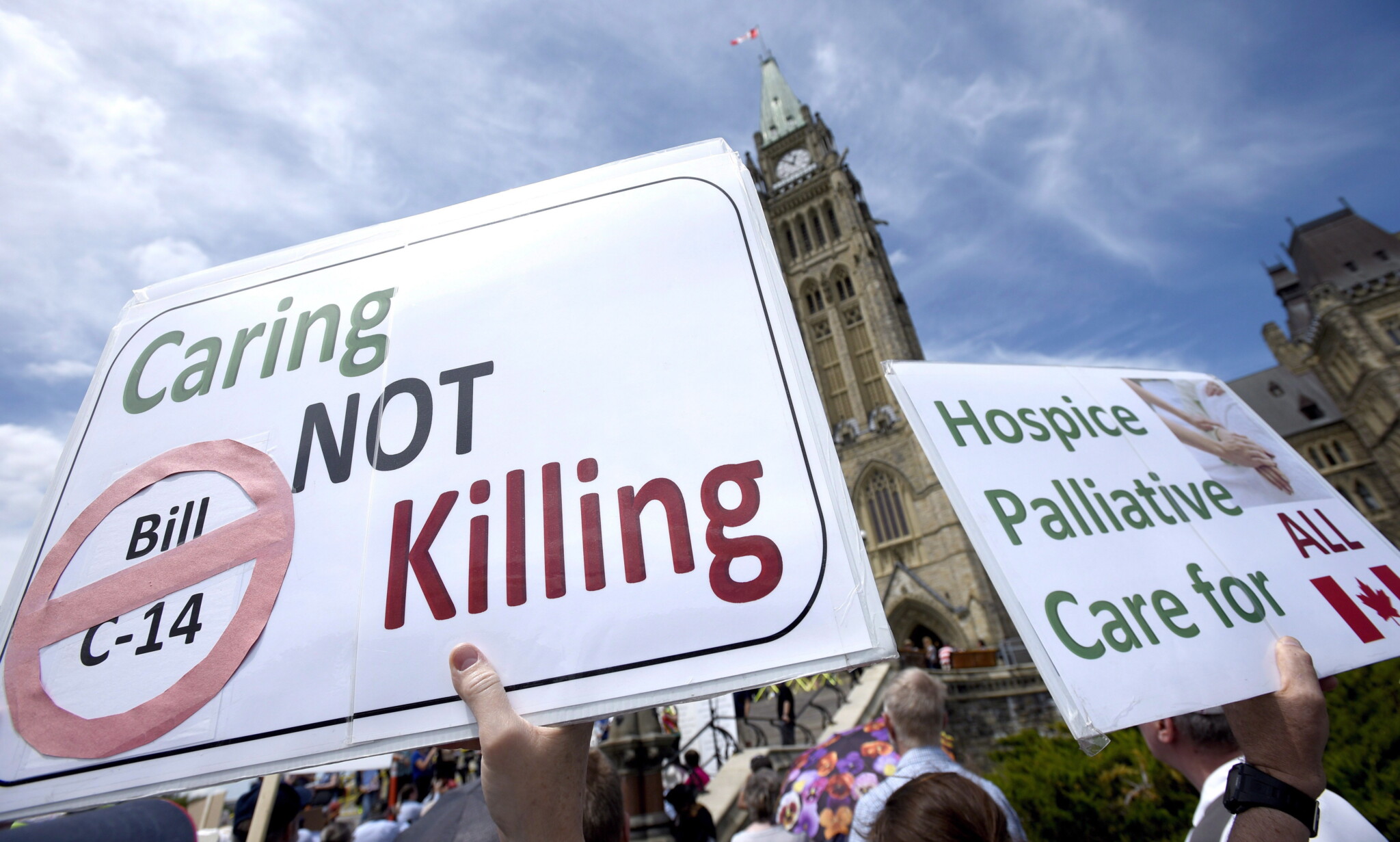Today marks the 10th anniversary of the Supreme Court of Canada’s ruling in Carter v Canada, which led to Canada legalizing euthanasia. Carter struck down the complete criminal prohibitions against both assisting suicide—helping a person cause their own death, such as by prescribing pills—and committing homicide with the victim’s consent, such as by giving a patient a lethal injection.
Carter overturned the Court’s earlier ruling in Rodriguez (1993) in which it had upheld the prohibition on assisting suicide. Much had changed since Rodriguez, the Court reasoned in Carter. In 1993, no Western democracy permitted medical assistance in dying (MAID). Since then, several jurisdictions legalized assisted suicide or euthanasia or both, starting with Oregon in 1994. In the Court’s view, evidence from other jurisdictions demonstrated “the efficacy of safeguards for the vulnerable.”
It’s striking to compare Oregon and Canada today. In Oregon, medically assisted deaths accounted for 0.8 percent of all deaths in 2023. In Canada, the rate was six times higher, at 4.7 percent of all deaths in 2023, and it has been steadily and steeply rising. Despite being one of the most recent jurisdictions to legalize it, Canada’s euthanasia rate is a close second to the Netherlands, which legalized it in 2001.
Depending on your view of euthanasia or MAID, this may seem to be cause for either shame or pride. But even the staunchest MAID supporters should be disturbed by evidence indicating that many sick and disabled Canadians seek euthanasia due to a lack of adequate care and supports.
The courts may have set Canada’s runaway euthanasia train in motion, but Parliamentarians from all major parties are ultimately to blame for not applying the brakes. Canada is often referred to in the U.K.’s ongoing debate about legalizing euthanasia as a cautionary tale. The U.K.’s Labour government is backing a MAID bill that is far more restrictive than Canada’s initial legislative response to Carter in 2016.
That response, Bill C-14 (2016), made “grievous and irremediable” suffering subjective and did not define “reasonably foreseeable natural death,” which were two key eligibility criteria. The law required no independent oversight or approval for euthanizing a patient but left it up to the approval of two medical practitioners who self-select as MAID assessors and providers. Nor does anything in the law prevent “shopping” for practitioners who adopt looser interpretations of the eligibility requirements.
By contrast, the U.K.’s bill would require judicial approval in each case and restrict eligibility to terminally ill patients with less than six months to live.
Despite the liberality of Bill C-14, Justice Minister Jody Wilson-Raybould had to defend it against naysayers in her government who thought it was too restrictive. After all, they reasoned, if dying people have a “right” to end their suffering via MAID, why not people who aren’t dying? And if people have a right to end suffering caused by a physical illness or disability, why wouldn’t they have a right to end suffering caused by mental illness? And if adults have this right, why not children?

People rally against Bill C-14, the medically assisted dying bill, during a protest organized by the Euthanasia Prevention Coalition on Parliament Hill on Wednesday, June 1, 2016 in Ottawa. Justin Tang/The Canadian Press.
The Supreme Court did not declare a freestanding constitutional right to have a doctor end your life. Rather, the Court found that the two criminal provisions that prohibited physician-assisted death were broader than necessary to achieve Parliament’s objective of preventing vulnerable people from being induced to end their lives in a moment of weakness. So, if the Court found that the law had a different objective, such as prohibiting the deliberate ending of another person’s life as intrinsically wrong, the law would not have overshot its objective and would not have violated section 7 of the Charter. But good luck using the nuances of section 7 jurisprudence in political debate against the rhetorically oversimplified sledgehammer of “It’s my right.”
An early criticism of Canada’s Charter of Rights and Freedoms was that it would move Canada towards American-style politics and away from our inherited tradition of Parliamentary sovereignty and serious legislative debate over great public problems. Professor Kim Lane Scheppele observes that turning an issue into a constitutional rights dispute “tends to eliminate gradualist or compromise solutions to contentious problems.”
In a similar vein, former NDP MLA Andrew Petter, reflecting on his twenty-five years of experience as a lawyer, law professor, and provincial attorney general, says the Charter created “two spheres of public discourse,” one of rights and one of policy, and that the former has a “huge rhetorical and political advantage” over the latter. Recognizing and exploiting this reality, politicians as much as lawyers or judges have permitted or even promoted the legalization of Canadian politics.
But back to post-Carter history. Bill C-14 became law, with Liberal MP David Lametti vocally criticizing and voting against it, saying it was too restrictive. Trudeau later chose Lametti to replace Wilson-Raybould as Canada’s justice minister and attorney general. As attorney general, Lametti decided in 2019 not to appeal a lower court ruling in Quebec which held that the reasonably foreseeable death restriction in Bill C-14 was unconstitutional. Instead, Lametti used the ruling as a pretext for expanding MAID eligibility in 2020 by removing the end-of-life criterion.
Since then, MAID in Canada is no longer just a way to avoid a painful or prolonged death, as contemplated in Carter, but also a way to escape a difficult life—provided your suffering can be tied to a physical illness or disability.
To conservatives (small or big c), this story may induce resentment and resignation towards activist judges and liberal politicians and activists who exploit their rulings. But Parliament has the power to push back. A decade ago, the Harper government had an opportunity to pass sensible euthanasia restrictions and safeguards, albeit on a tight timeline. Carter was decided eight months before the October 2015 election.
The Court gave Parliament a year to amend the law before the Carter ruling would take legal effect. In an apparent effort to avoid making euthanasia an election issue, the Harper government stalled, waiting five months to appoint a three-member “External Panel on Options for a Legislative Response to Carter” to merely consult Canadians. By the time the panel reported its findings in December, Trudeau was prime minister.
Consider how different its response was to the Supreme Court’s ruling in Bedford in 2013, which struck down Canada’s prostitution laws (against profiting from another person’s prostitution, publicly soliciting for prostitution, and running a bawdy house or brothel). Celebrated as a victory for the pro-legalization cause, it led to a major reversal as the Conservatives took the opportunity to enact the most comprehensive anti-prostitution law in our history, known as the Nordic Model. While constitutional challenges to that law are ongoing, it has been upheld in several appellate court rulings.

Justice Minister David Lametti is seen during a news conference, October 5, 2020 in Ottawa. Adrian Wyld/The Canadian Press.
“In principle, the Conservative Party opposes euthanasia and assisted suicide,” says the Party’s Policy Declaration, the content of which is decided by party members. The declaration also says the party is against expanding MAID eligibility and against MAID for persons living with disabilities. While not bound to follow party policy declarations, Poilievre has declared his resolute opposition to expanding MAID further. Given how far Canada’s law has gone in the last decade, however, “no more expansion” is hardly a principled conservative position on its own.
MAID will expand to include eligibility for mental illness as the sole underlying medical condition in March 2027, unless Parliament repeals that expansion before it comes into effect, which it should do. So the issue is already scheduled on a future Parliament’s agenda. Canada’s next government should take it as an opportunity to reconsider Canada’s entire MAID framework, which has little in the way of meaningful restrictions, safeguards, oversight, or enforcement.
For starters, Parliament should not only reinstate the crucial end-of-life criterion but also define it, as in the U.K. bill, to mean a prognosis of six months or fewer to live. Parliament can state explicitly its objectives for doing so, which may differ from Parliament’s statement of its objectives in the preamble to earlier bills. A lower court judgment on the validity of the old provision—the undefined reasonably foreseeable death criterion, enacted in a different legislative and factual context—should not prevent a court from reviewing a new and carefully defined restriction on its own merit and context, rather than accepting the 2019 Quebec ruling as determinative.
There’s no guarantee that a new law won’t encounter another activist judge. But the fate (so far) of the Conservatives’ prostitution law in court challenges should be an encouragement. And you can’t blame courts for obstructing a conservative policy agenda if you don’t try to enact it in the first place.









